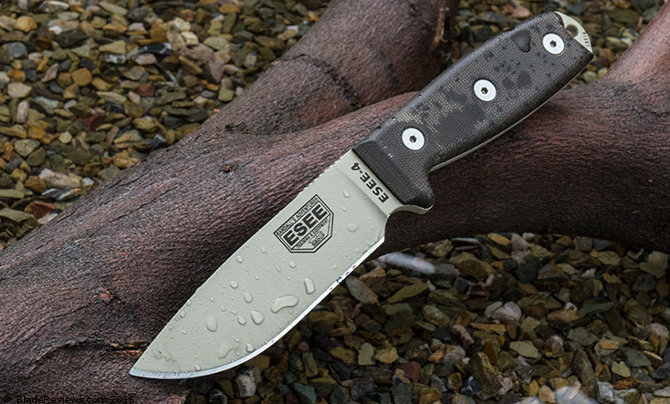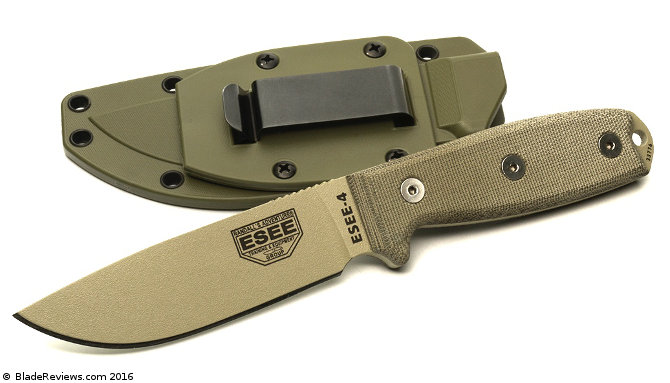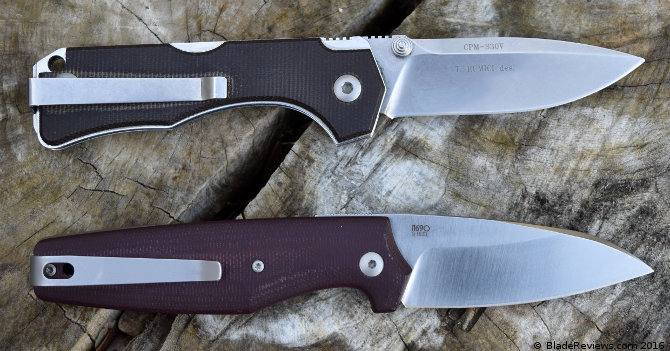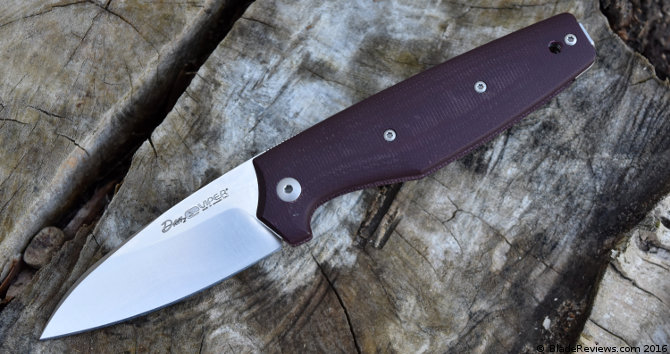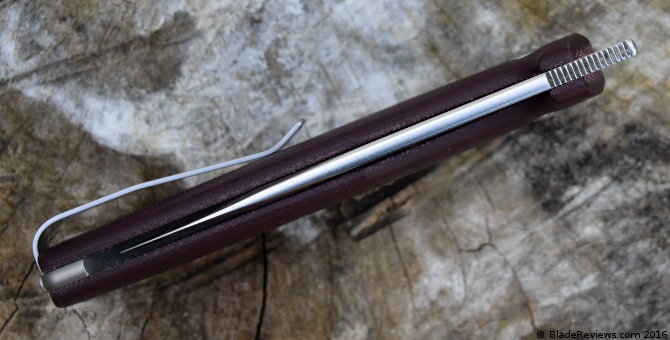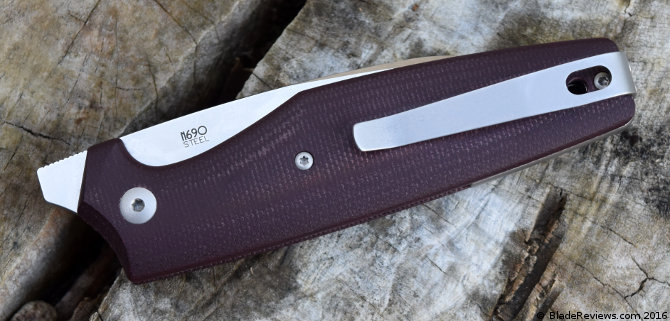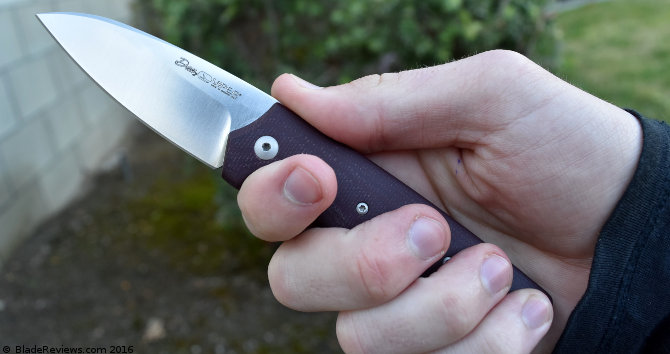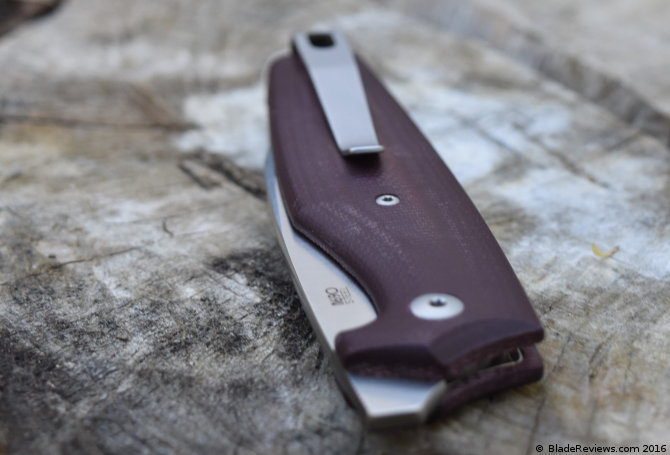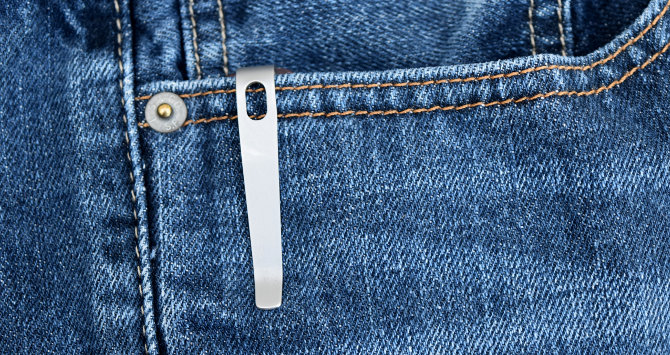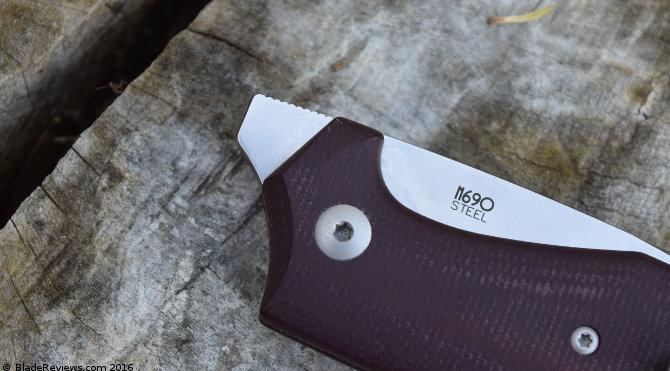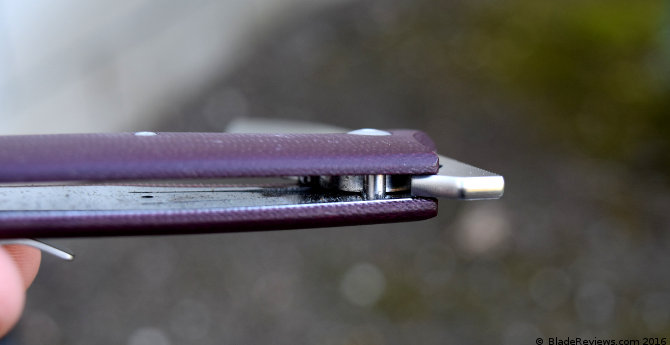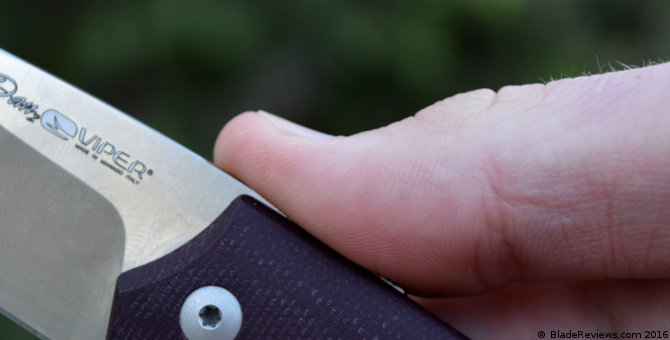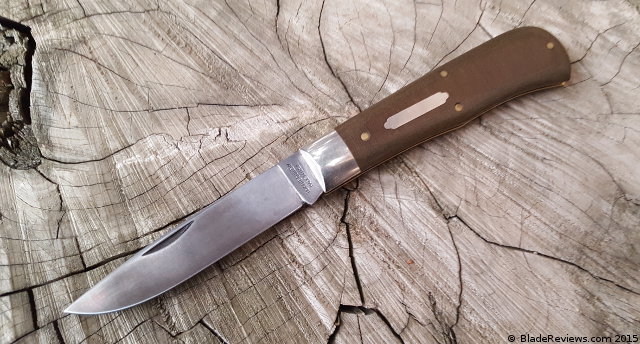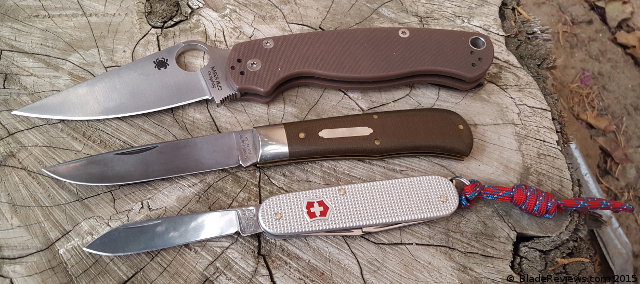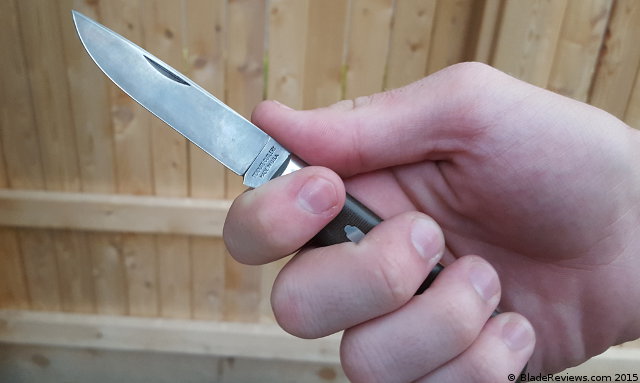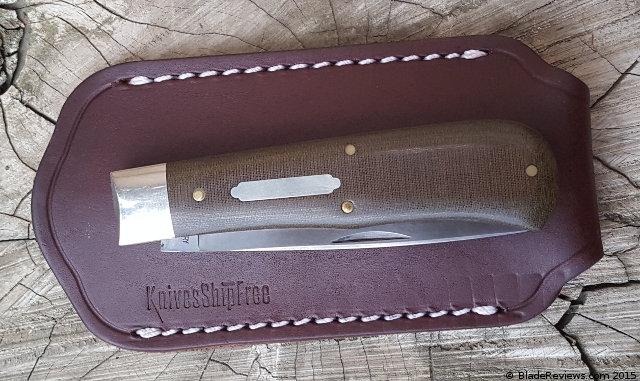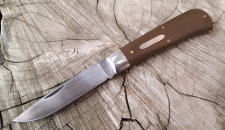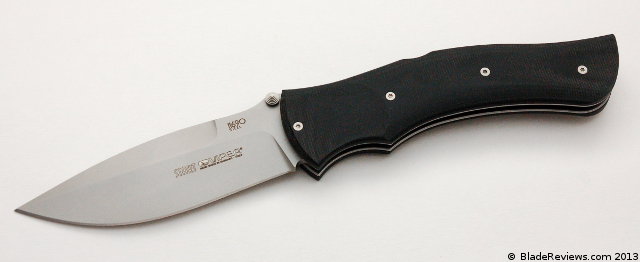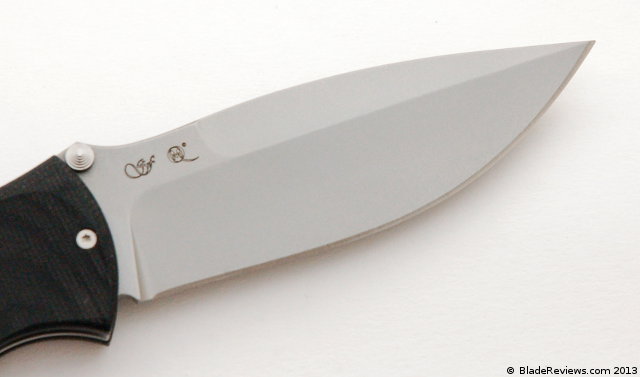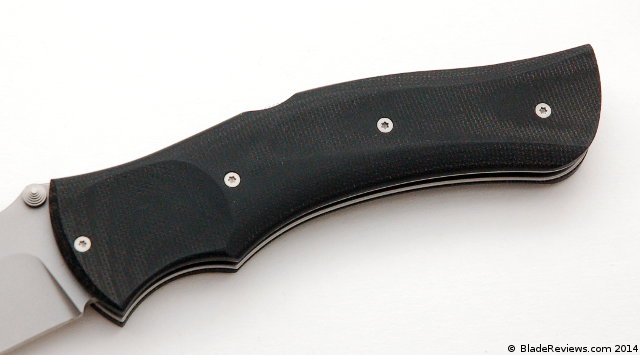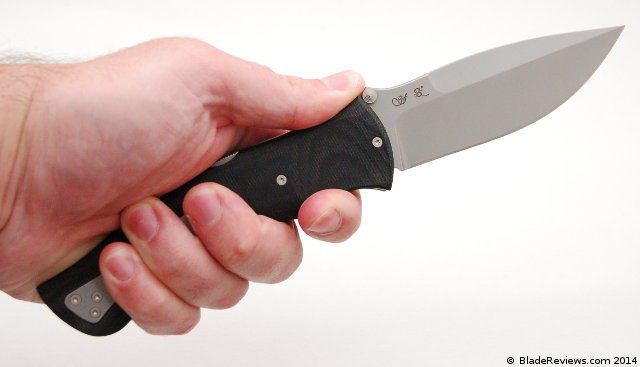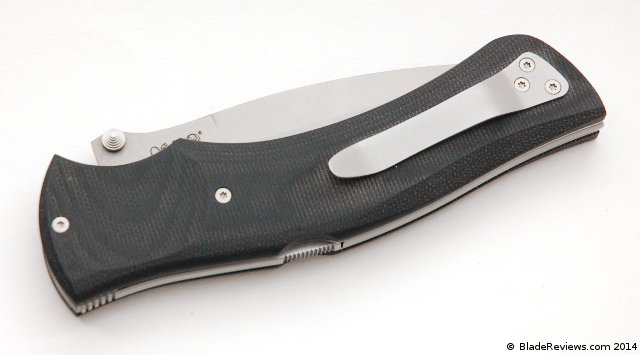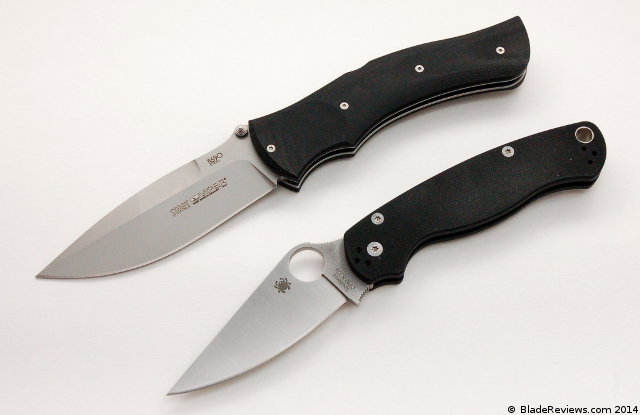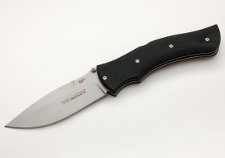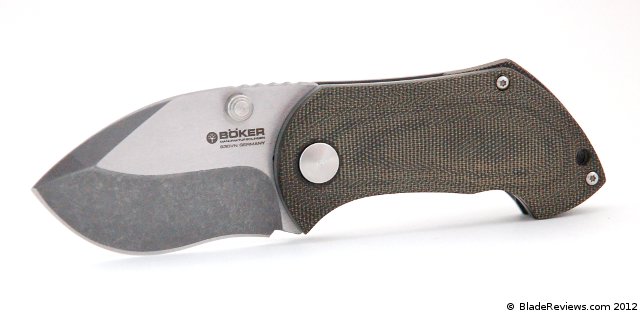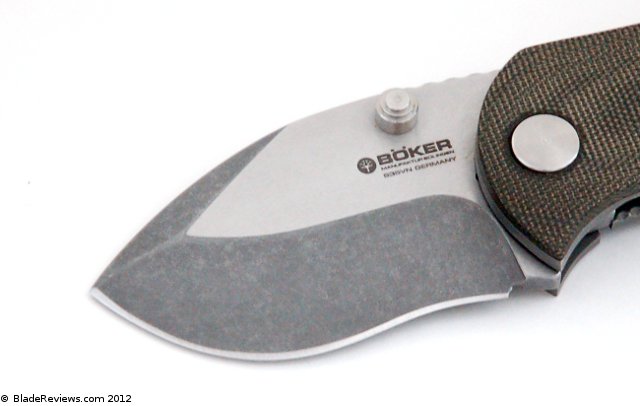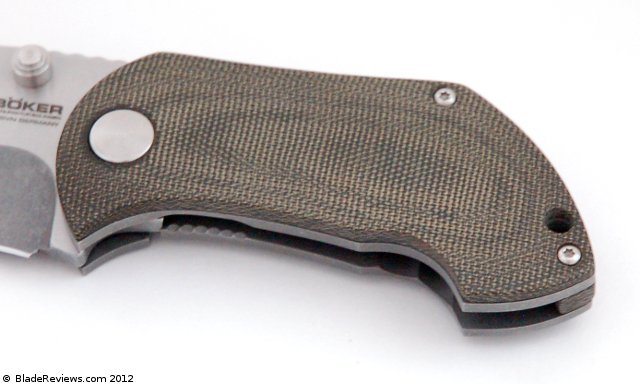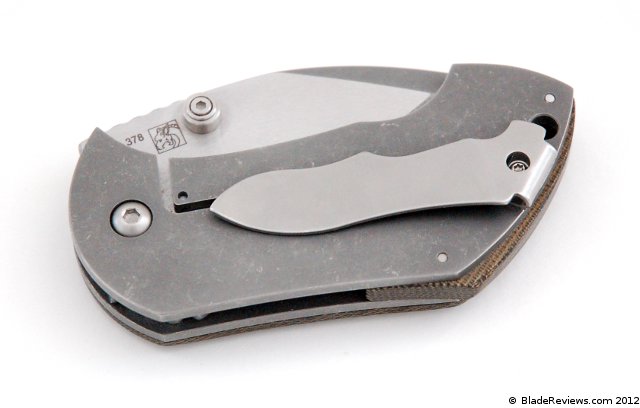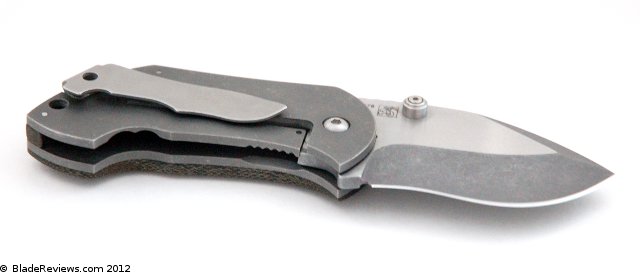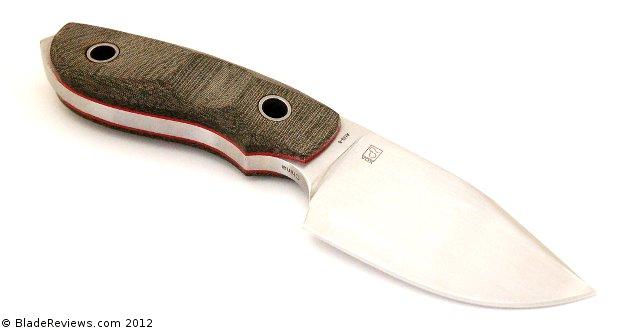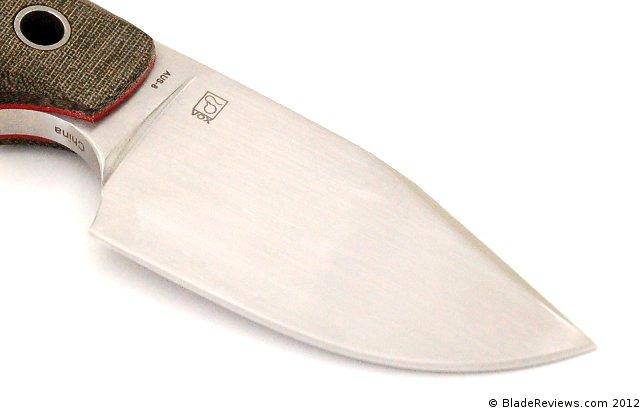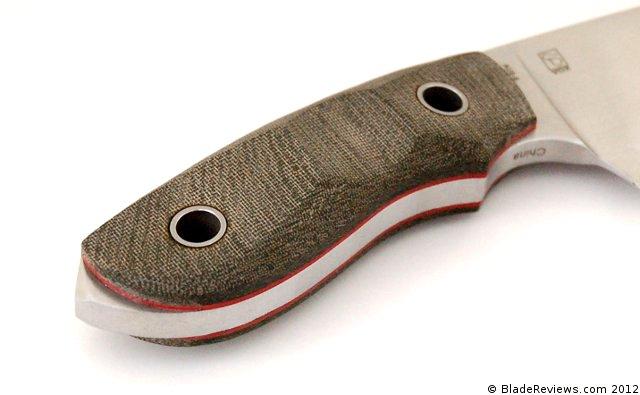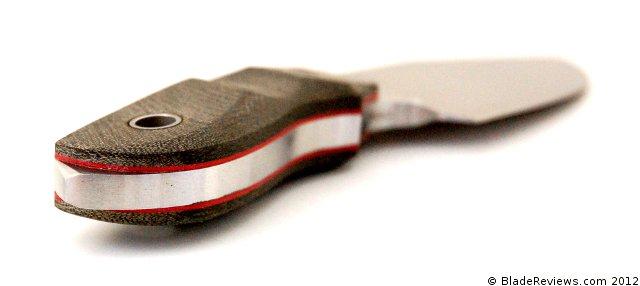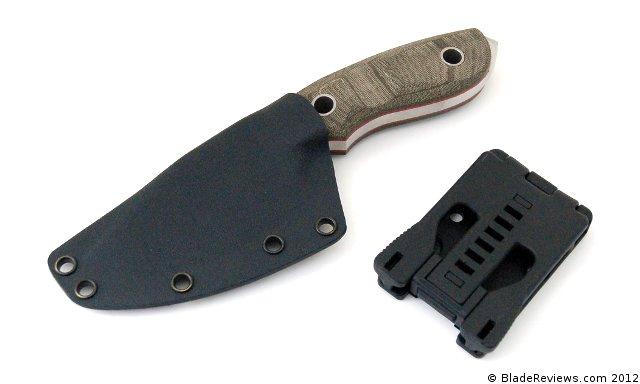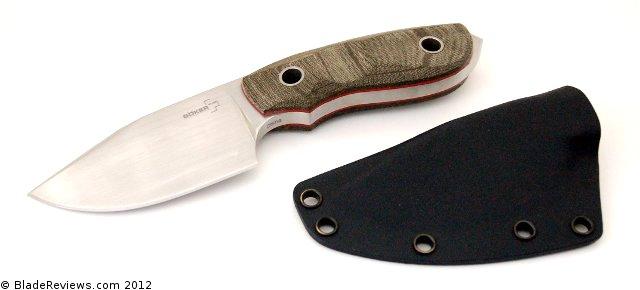If you are a fan of Randall’s Adventure Training®, then you are probably somewhat familiar with their influence in the knife world. Operating under the parent company TransEquatorial Solutions, Inc., which is co-owned by Jeff Randall and Mike Perrin, Randall’s Adventure Training was started in 1997 as a school to train military, law enforcement, and civilians in the art of jungle survival. After identifying the need for some knife designs that better suited their requirements, they began developing their own knife designs.
Their first design, the RTAK, was built by Newt Livesay of Wicked Knife Company. In order to mass produce the RTAK, they signed a 5-year licensing contract with Ontario Knives who also later produced the RAT series. In an attempt to “build a higher quality line of knives outside of the mass production capabilities of Ontario,” Randall and Perrin began a company called RAT Cutlery to produce mid-tech versions of their popular knife designs. The company was later renamed ESEE® Knives to avoid confusion with the Ontario RAT line of knives which are still endorsed by Randall’s Adventure Training.
The ESEE-4 is the “wilderness” model of the ESEE-3. It features a longer and thicker blade than the 3, and sits comfortably (and predictably) between the ESEE-3 and ESEE-5 in the ESEE lineup. The 4 is designed to be a more robust camp and woods knife than the 3, but isn’t as heavy duty as the 5.
I bought my first ESEE-4 about five years ago and have acquired several more since then. I carried an ESEE-4 daily for the past several years as part of my personal kit in a profession that requires the frequent use of a dependable knife. It only makes sense that I would jump at the opportunity to write a review on this fine blade.
General Dimensions and Blade Details
The ESEE-4 has an overall length of 9″, a 4.5″ blade (4.1” cutting surface), weighs 7.45 ounces, and is made in the USA. This is a .188” thick full-tang knife that has a flat-ground, drop point blade made from 1095 high carbon steel (55-57rc). The blade features a large choil that make sharpening and reconditioning the cutting edge much easier that a blade with a small or nonexistent choil.
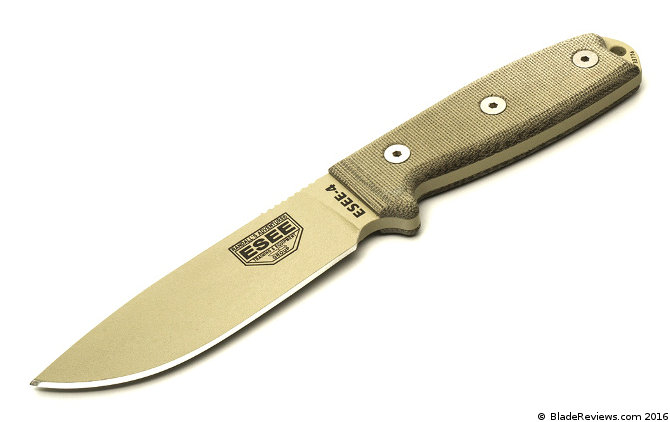
The geometry of the ESEE-4 drop point design makes it an excellent all-purpose knife. The large belly area makes it perfect for slicing. The lowered point in relation to the spine (hence the term “drop point”) dissipates energy as the cutting stroke approaches the point. This gives the user more control over the tip, which is very important during skinning and other survival tasks. The drop point also adds strength to the tip, and the thicker flat spine makes this knife excellent for batoning. The one disadvantage of the drop point design is that it is not as suitable for piercing as a spear point, tanto, or some other designs, but every blade design has its strengths and weaknesses.
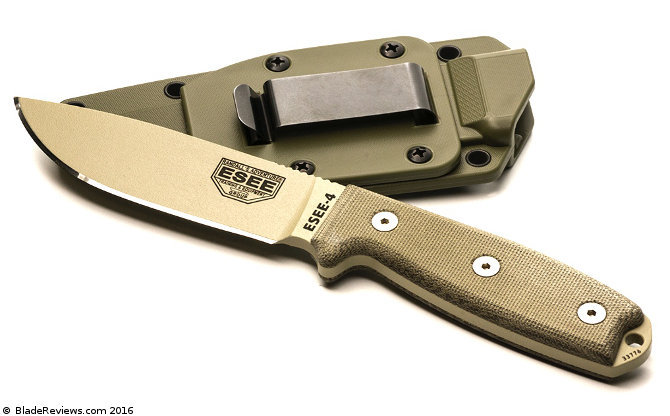
High carbon steels like 1095 are ideal for bushcraft/survival knives like this one. While these metal compositions are prone to rust if not properly cared for, their high carbon content make them easy to sharpen in the field. For a defensive blade, super steels like CPM S35VN and S30V are great because you can sharpen them in a controlled environment with high-tech sharpening systems like the Wicked Edge or Work Sharp; however, when you are in a survival situation and your knife is your lifeline, you want something that you can sharpen on whatever hard, abrasive surface might be available. Although ESEE powder-coats the knife, keeping the blade dry (especially the edge) and lightly lubricated with a rust inhibitor like TUF-GLIDE will prevent the ESEE-4 from staining or rusting.
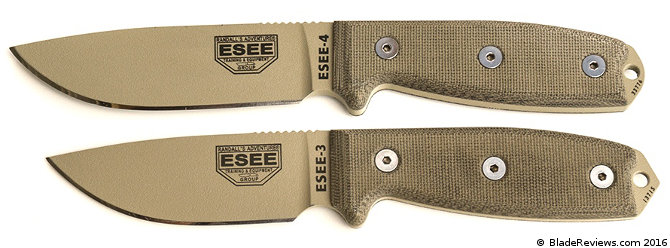
Editor’s note: ESEE recently released a version of the 4 with an uncoated 440C stainless steel blade. 440C is a hearty steel and probably a good choice for a outdoor focused fixed blade like the ESEE-4 if you are looking for something stainless. In addition to being more stain resistant, the uncoated version will slice better than the 1095 version of the ESEE-4, as ESEE’s powder coat is thick and textured. The trade off is that 440C is not as tough as 1095, and for that reason you lose ESEE’s lifetime warranty with the 440C version.
It would be cool to see ESEE offer this knife in 3V, which would theoretically give you the best of both worlds, but my guess is a 3V knife would add another $100 to the price tag.
Handle and Ergonomics
ESEE knives have a reputation for their handle ergonomics and the ESEE-4 is no exception. If you are acquainted with the ESEE-3, then you already know the ESEE-4 handle, because it is the exact same handle minus the additional 0.063” difference in metal thickness of the ESEE-4 over the ESEE-3. This is a simple and time-tested handle design.

The ESEE-4 handle fits very well in the hand and the linen Micarta handle scales provide a positive gripping surface dry or wet. When you really need to choke up on the knife for some fine blade manipulation, the large choil serves as an additional finger groove. The spine jimping offers an additional level of control for thumb-supported cutting and extends far enough forward that it can be used in conjunction with the finger-sized choil.
Sheath
The ESEE-4 comes with a friction-fit molded sheath that locks the knife very securely in place and has an attachment clip plate that can be mounted on either side of the sheath. This is an improvement over their original Kydex sheath that came with my first ESEE-4. Not that there is anything wrong with Kydex, but injection molding is a much more expensive process and the plastic does hold up to extremely hot temperatures better than Kydex, which is a plus if you live in the southwest and wish to keep a knife inside your car during the summer.
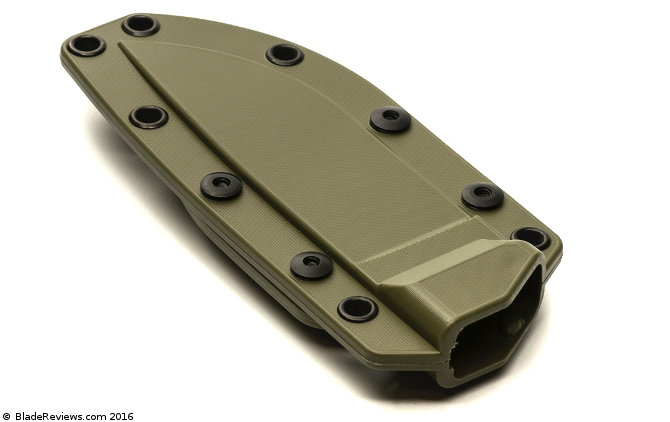
A length of 550 cord and a cord lock is also included with the knife. This cord may be used as a lanyard, or for lashing the sheath to a belt or pack. A quick shoelace-style threading of the cord through the eyelets of the sheath makes an excellent attachment point that can be locked down with the cord lock. There is also a MOLLE backing available (purchased separately) that can be worn as a drop leg sheath or attached to MOLLE gear.
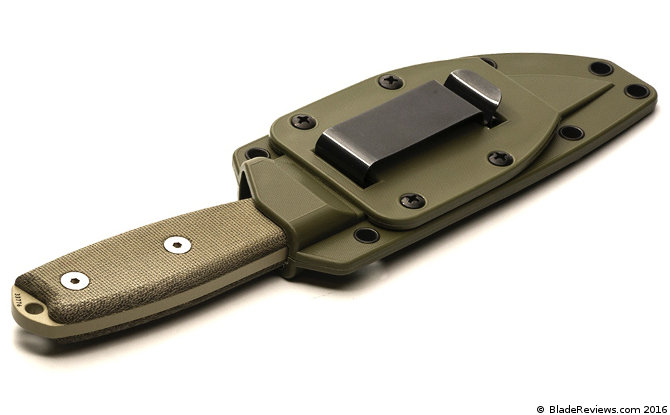
ESEE-4 Review – Final Thoughts
I have spent many nights curled up next to a campfire with an ESEE-4 in hand. This is without a doubt my favorite field knife, which has been used for making fuzz sticks, shaving tinder, cutting branches and rope, batoning wood, field dressing game, and a slew of other tasks, and has required very little maintenance. It is the simplicity of the design that makes it so desirable and user friendly. If you are looking for a reasonably sized, all-around outdoor knife, then I can’t recommend the ESEE-4 enough.
ESEE® offers a no questions asked lifetime warranty on all of their 1095 carbon steel knives. If it breaks, they will replace it. There are also a large number of Chinese knockoffs floating around on the internet, so do your homework before you buy.
- Blade Length: 4. 50"
- Cutting Edge: 4. 06"
- Blade Material: 1095 Carbon Steel
Editor: If you are thinking of buying an ESEE-4, please consider purchasing it at Amazon or BladeHQ. By purchasing things through any of the links on this website you support BladeReviews.com, keep the website free of annoying banner ads, and help produce future reviews. Thank you very much.
